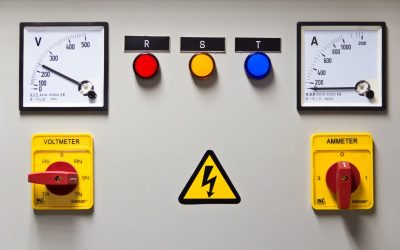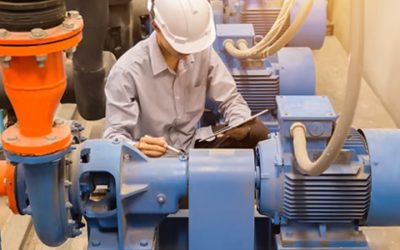Producing robust, high performance circuits while meeting the demand for ever-smaller footprints requires specialized process technologies. The use of ceramic substrate materials allows for high circuit density with superior performance, particularly in high-power and high-frequency applications.
Achieving High Density With Ceramics
The circuit densities possible with ceramic materials are much greater than with traditional printed circuit substrates, and some ceramic processes allow components to be embedded in the inner layers of the circuit, further increasing density. Various fabrication methods enable the production of complex hybrid circuits with multiple active and passive components in a miniaturized package, functioning as a stand-alone circuit or as a component in a larger assembly.
Benefits of Ceramics
Ceramic is an inert material that is highly chemically resistant, has low conductivity and quickly dissipates heat, which is crucial for high-power, miniaturized circuits with densely packed-components. Ceramics are well-suited to high-frequency applications, are stable at high temperatures, and can be bonded hermetically, allowing for use in harsh environments. Various manufacturing processes, including thin and thick film, and low and high temperature co-fired methods produce ceramic substrate materials and component packages for many different applications.
Thin Film and Thick Film
Thin film circuits are produced through etching of sputtered metal layers on a ceramic base layer, whereas thick film circuits utilize an additive screen printing process. Etched thick film may also be used as an alternative to thin-film processes. Both thick and thin film can be used to produce multi-layered circuits, but thin film layers are an order of magnitude thinner and utilize a glass base material.
LTCC and HTCC
In both low and high temperature co-fired ceramic substrate (LTCC and HTCC), circuit layers are produced individually, then stacked and fused in a kiln, resulting in a solid, stable 3D circuit. Low temperature substrates are fired at 850° C, allowing highly conductive metals such as gold, silver and copper to be used for the circuits. The lower temperature also allows components to be embedded into the inner layers. The HTCC process is virtually identical, but high temperature metals such as tungsten must be used to withstand firing temperatures of 1600° C. HTCC circuits have greater rigidity and higher thermal conductivity than those produced with LTCC processes.
Though not a new technology, advances in ceramic substrate manufacturing are allowing complex electronics to be produced at a scale never thought possible. Ceramic materials are ideally suited to the demands of high-performance electronics in military, medical and consumer markets.
The characteristics of ceramic substrate material support many different uses, including robust military systems, sensitive medical electronics, and high-powered consumer and industrial products. Engineers specializing in ceramic substrate processes can help you to determine which processes are most suitable for your specific application.



